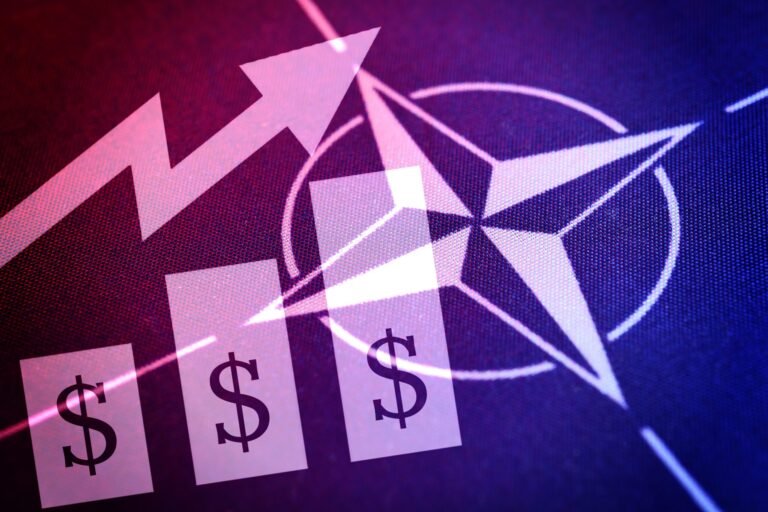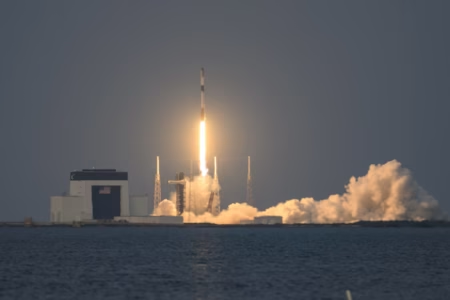NATO countries are launching a new international bank called the Defense, Security and Resilience Bank (DSRB) to finance defense procurement. This bank will specialize in lending money to NATO and partner countries for purchasing weapons, upgrading defense systems, and investing in dual-use technologies. The goal is to help member states meet the NATO Summit target from June 2025, which calls for spending 5 percent of GDP on defense.
A high-level group led by UK Chancellor Rachel Reeves and Defense Secretary John Healey officially supported the bank’s creation in July. The European Parliament also backed the initiative and urged member states to establish the bank. Along with the founding countries, five major financial institutions have pledged support: Germany’s Commerzbank, the Netherlands’ ING Group, the US-based JP Morgan Chase, Germany’s Landesbank Baden-Württemberg, and Canada’s RBC Capital Markets. Their involvement brings essential expertise in sovereign lending, capital structuring, investor relations, risk management, and debt markets, adding credibility to the project.
The DSRB plans to begin formal design work in early September. It will also announce additional banking partners, global investors, and sovereign stakeholders in the coming weeks. This collective effort will pool the credit strength of member countries, enabling the bank to raise funds cheaply on global financial markets with an AAA credit rating. This means countries can access long-term, reliable financing without heavily increasing their public debt.
Many Western banks are currently reluctant to work with defense companies due to perceived risks and strict environmental, social, and governance (ESG) standards. Defense firms often face difficulties opening bank accounts or securing loans because they are labeled “unethical” by some financial institutions. Florian Seibel, co-founder of the defense startup Quantum Systems, explained that internal banking regulations block many deals and that banks’ current approach does not fit the political and defense needs of today.
By pooling resources, the DSRB will solve these issues by offering affordable credit backed by the combined financial power of member states. This will complement national defense budgets and support the purchase of weapons and modernization of military technologies. The bank will also reduce lending risks for commercial banks by guaranteeing loans to companies within the defense supply chain. This will help solve credit shortages and improve liquidity for all suppliers.
In addition, the DSRB is expected to attract private investors, such as pension funds and other institutions. These investors could co-invest or provide additional guarantees supported by government tax incentives, increasing the overall funding available for defense procurement. This innovative bank will support NATO nations in meeting their defense spending targets, strengthening security, and sustaining a strong defense industry.







